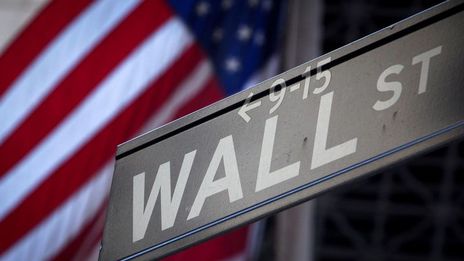U.S. consumer prices came as a pleasant surprise to the financial community, so much so that the consequences were somewhat unexpected. In June, CPI came in below expectations, at -0.1% month-on-month against a forecast of +0.1%, and at +3.0% year-on-year against a forecast of +3.1%. Core CPI, stripped of its food and energy components, also came in 0.1 points below expectations. Bonds were immediately hit, with the 10-year yield falling to 4.16%. The party's not over yet, as we're still expecting yields to fall towards 4.06/00%.
Coinciding with this fall in bond yields, the likelihood of an initial easing in Fed funds has soared. According to CME's Fedwatch tool, they have risen from 60% in June to over 80%, while the odds of three rate cuts by the end of the year have risen to just over 40%.
Of course, the consequences of falling inflation are not confined to interest rates: the yen's rise is another illustration. I spoke last week about the correlation between the Japanese currency and US bond yields. By contrast, reactions on the equity markets are more mixed. A few weeks ago, we alerted you to the spread between the S&P 500 equal-weight and the S&P 500, concluding: "The underperformance in place since 2015 could therefore calm down momentarily, either on the back of a general rebound in the components of the US index, or a temporary pause in the magnificent 7s."Last Thursday's session was in fact marked by a double phenomenon: the leaders took the hit, with semiconductors down 3.60% on the day, while the small and midcap compartments rallied by 3.30% and 2.45% respectively. A lesson to ponder for the most rate-skeptical among us.

Source : Bloomberg

 By
By 











